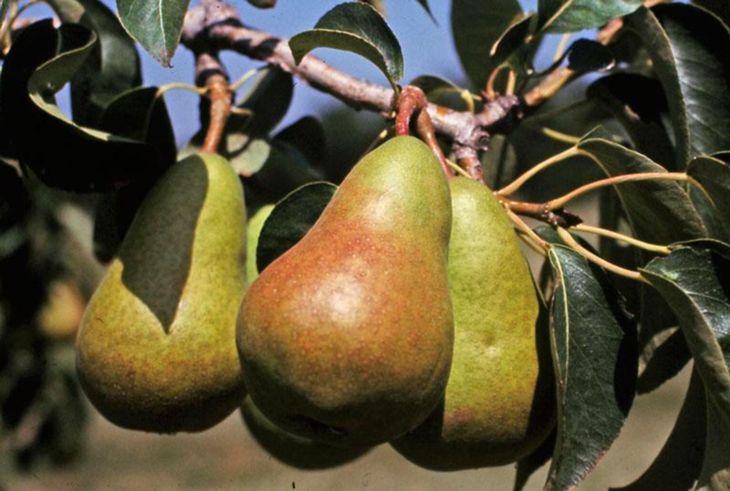Knowing the optimal time to harvest pears from a tree is crucial for ensuring their peak flavor and texture. Whether you are an experienced orchardist or a home gardener, understanding the signs that indicate when your pears are ripe and ready to be picked is essential. In this article, we will explore the factors that influence the ideal harvest time for pears, such as variety, color, firmness, and taste, allowing you to make informed decisions and savor the deliciousness that perfectly ripened pears have to offer. So, let’s discover when to pick pears from the tree and reap the rewards of nature’s bounty.
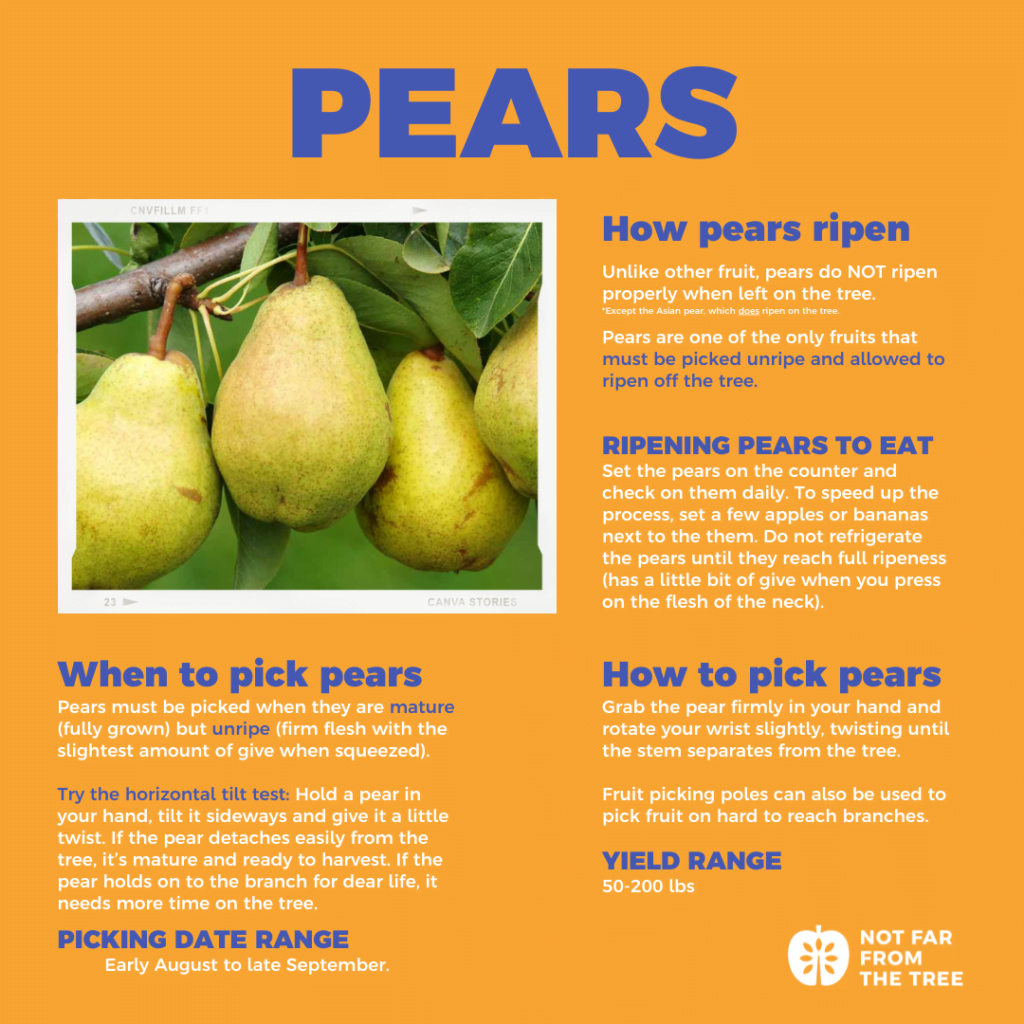
Factors That Determine When to Pick Pears
Variety of Pear
The variety of pear plays a significant role in determining when to pick the fruit from the tree. Different pear varieties have different ripening times and characteristics. Some varieties, such as Anjou pears, are typically harvested when they are still firm and ripen off the tree. On the other hand, Bartlett pears are best left on the tree until they have fully ripened, as they do not ripen well once picked. Understanding the specific characteristics of the variety you are growing is crucial to picking pears at the right time.
Color and Texture of the Fruit
Observing the color and texture of the fruit can provide valuable insights into its ripeness. As pears mature, their color changes from a bright green to a duller shade. Depending on the variety, the color may also develop a yellow or red blush. Additionally, the texture of the fruit changes from hard and dense to slightly softer as it ripens. By closely monitoring the color and texture, you can determine the optimal time for picking pears.
Environmental Conditions
Environmental conditions, such as temperature and sunlight, can greatly influence the ripening process of pears. Warmer temperatures accelerate ripening, while cooler temperatures slow it down. Ideally, pears should be exposed to cool temperatures around 30 to 32 degrees Fahrenheit for a few weeks after harvest to enhance flavor and texture. Additionally, pears require sufficient sunlight to develop their natural sugars and ripen properly. Monitoring the environmental conditions can help you ascertain the right time to pick your pears.
Maturity of the Fruit
The maturity of the fruit is a key factor in determining when to pick pears. It is important to wait until the pears have reached their optimal maturity level to ensure the best flavor and texture. Pears that are picked too early may remain hard and lack sweetness, while overripe pears can become mushy and lose their flavor. The maturity of pears can be gauged by their taste and the ease with which they separate from the tree. Pears that are slightly underripe should be left to ripen off the tree, while those that come off the tree easily are usually ready to be harvested.
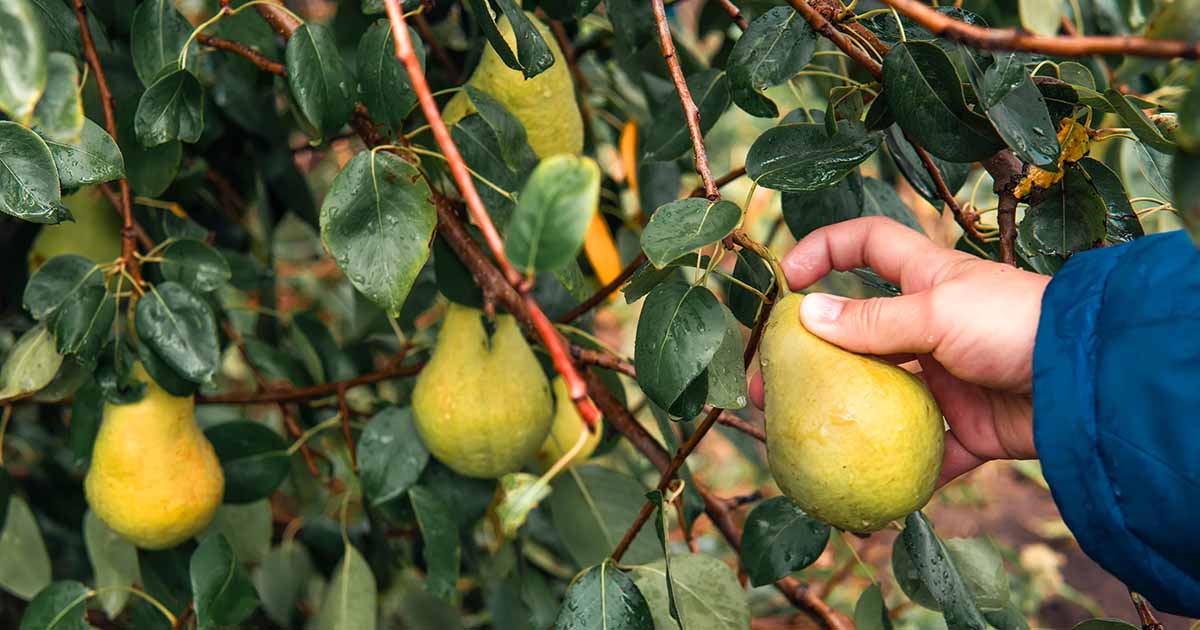
Visual and Physical Indicators of Ripeness
Color Change
One of the visual indicators of ripeness in pears is a change in color. As previously mentioned, pears transition from a vibrant green shade to a duller hue as they ripen. Some pear varieties may also develop a yellow or red blush when fully mature. However, it is essential to note that color alone should not be the sole indicator of ripeness. Using the color change as a reference point, along with other physical indicators, will help you accurately determine when to pick your pears.
Firmness of the Fruit
Checking the firmness of the fruit is an integral part of determining its ripeness. When pears are still unripe, they are firm and may feel hard when gently squeezed. As they ripen, the flesh softens and becomes slightly yielding to pressure. However, different pear varieties vary in their ideal ripeness level when it comes to firmness. While some pears, like Bartlett pears, should be soft and yielding to be considered ripe, others, like Anjou pears, are best picked when they are still firm and ripen off the tree. Understanding the specific firmness characteristics of your pear variety is crucial for proper timing.
Ease of Twist
The ease with which the pear separates from the tree is another indicator of its ripeness. Pears that are ripe should easily twist and come off the branch with a slight tug. If the fruit requires excessive force or does not come off readily, it is likely not fully ripe yet. On the other hand, pears that fall off the tree too easily may be overripe. Balancing this twisting technique with other indicators, such as firmness and color change, will help you harvest your pears at the optimal time.
Fruit Odor
The aroma of the pear is an often overlooked but essential indicator of ripeness. Ripe pears emit a sweet and fruity scent, which intensifies as they reach their prime. If the pear lacks any distinct aroma, it is likely not fully mature. Taking a moment to sniff the fruit can provide valuable information about its readiness for harvesting.
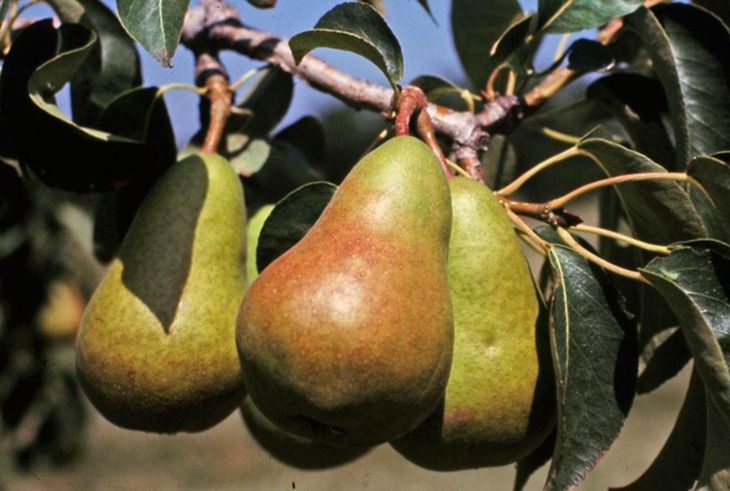
Harvest Time for Different Pear Varieties
Anjou Pears
Anjou pears are typically harvested when they are still firm. They do not achieve their full ripeness on the tree and should be left to ripen off the tree. Look for a slight change in color from green to yellow or green to yellow with a red blush. Check the firmness of the fruit by applying gentle pressure to the flesh near the stem. If it yields slightly, it is ready to be picked.
Bartlett Pears
Bartlett pears differ from Anjou pears in that they require full ripening on the tree. These pears should be left until they have turned entirely yellow and are soft to the touch. Unlike other varieties, Bartlett pears do not ripen well once they are picked, so it is crucial to let them reach their peak ripeness on the tree before harvesting.
Bosc Pears
Bosc pears have a unique russeted brown skin, which sets them apart from other varieties. These pears are typically harvested when they have a bronze hue and are slightly firm to the touch. If the stem end yields to gentle pressure while the pear still feels firm, it is ready to be picked.
Comice Pears
Comice pears are known for their exceptional sweetness and juiciness. These pears are harvested when they have turned from green to a light yellow and are soft to the touch. The stem end should yield easily when gently twisted, indicating that the fruit is ripe and ready to be harvested.
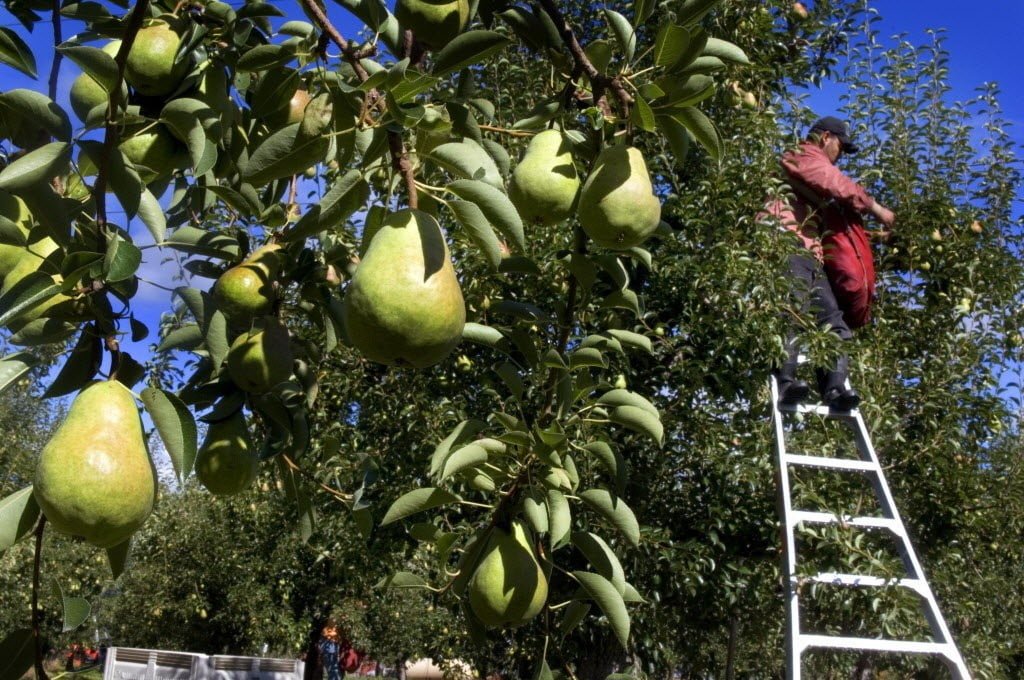
Tips for Harvesting Pears
Timing Considerations
Timing is crucial when it comes to harvesting pears. It is important to monitor the factors discussed above to determine the best time to pick your pears. Keep in mind that each variety has its own ripeness indicators, so understanding the specific characteristics of your chosen variety is essential. Regularly inspect your pears and perform the visual and physical tests to ensure their optimal flavor and texture.
Proper Harvesting Techniques
When harvesting pears, it is important to use proper techniques to prevent damage to the fruit. Always handle the pears with care and avoid dropping them. Gently twist the pear to detach it from the tree, ensuring you do not damage the stem or fruit. Use a sharp bypass pruner or snips to cleanly cut the stem, leaving a short stub attached to the fruit. Avoid pulling or yanking the pear from the tree, as this can cause unnecessary stress and damage to the tree.
Storing Pears
After harvesting, it is important to store your pears correctly to maintain their quality and extend their shelf life. Store ripe pears in the refrigerator to slow down the ripening process and keep them fresh for longer. Unripe pears can be left at room temperature to ripen and then transferred to the refrigerator once they reach the desired level of ripeness. Remember to handle pears gently when placing them in storage to prevent bruising.

Troubleshooting Pear Harvesting Issues
Premature Picking
Premature picking is a common issue when it comes to harvesting pears. If you pick pears too early, they may remain hard and lack sweetness. To avoid premature picking, closely monitor the visual and physical indicators discussed earlier. Taste test a few pears from different parts of the tree to ensure they have reached the desired level of ripeness before beginning your harvest.
Overripe or Underripe Fruit
Harvesting pears that are either overripe or underripe can result in subpar flavor and texture. Be sure to educate yourself on the specific ripening characteristics of the pear variety you have planted. Understanding when the fruit is at its optimal stage of ripeness will help you avoid harvesting overripe or underripe pears. Regularly check your pears for color change, firmness, ease of twist, and fruit odor to ensure you harvest them at the perfect time.
Disease or Pest Damage
Disease or pest damage can occur before or during the harvest process, affecting the quality and edibility of the pears. Inspect the fruit for any signs of disease, such as brown spots or rot. Additionally, check for any signs of pest damage, such as holes or chewed areas. If you notice any diseased or damaged pears, remove them from the tree and discard them. Properly maintain your pear tree throughout the growing season, following recommended pest and disease control measures, to minimize the risk of damage to your harvest.
In conclusion, understanding when to pick pears from the tree requires careful consideration of various factors, including the variety of pear, color and texture of the fruit, environmental conditions, and the maturity of the fruit. By closely observing visual and physical indicators, such as color change, firmness, ease of twist, and fruit odor, you can determine the optimal harvest time for different pear varieties. Following proper harvesting techniques and storing the pears appropriately will help maintain their quality and extend their shelf life. By troubleshooting common pear harvesting issues, such as premature picking, selecting overripe or underripe fruit, and addressing disease or pest damage, you can ensure a successful and satisfying pear harvest.
